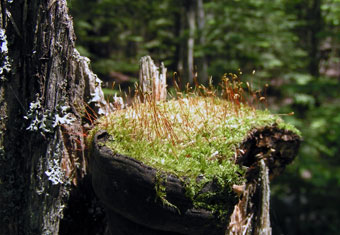

Abstract
Conservation and restoration of terrestrial ecosystems both rely on maintaining and manipulating plant assemblages to achieve a desired community. Most of this work is through targeted removal of plants by chemical treatment, mowing and burning and subsequent planting of desired plant species. Plant interactions with belowground organisms have emerged as major factors determining the structure and long-term stability of plant communities. Yet the vast diversity of this soil biota remains a largely untapped resource in ecosystem conservation and restoration. My proposed research will utilize cutting-edge molecular genomics to test if specific soil microbial groups can accelerate the recovery of plant communities after different kinds of disturbance and make them more resistant to invasion. Within a model Florida scrub ecosystem, I will 1) compare community structure for four functionally important soil microbial groups between mechanically disturbed sites (with and without invasion) and across a natural fire recovery gradient, 2) establish experiments to determine if amendments with specific soil microbial taxa can influence the rate of system recovery and invasion success, and 3) determine the relative impact these applications of soil microbes have compared to mechanical and chemical techniques currently employed at the sites. This research will establish a conceptual framework and prototype for the use of native soil biota to help preserve and restore ecosystems. Additionally, it will establish the relative usefulness of this approach for management compared to commonly used techniques. The goal of this project is to directly increase the effectiveness and efficiency of land management by integrating soil community ecology into conservation and restoration science.
